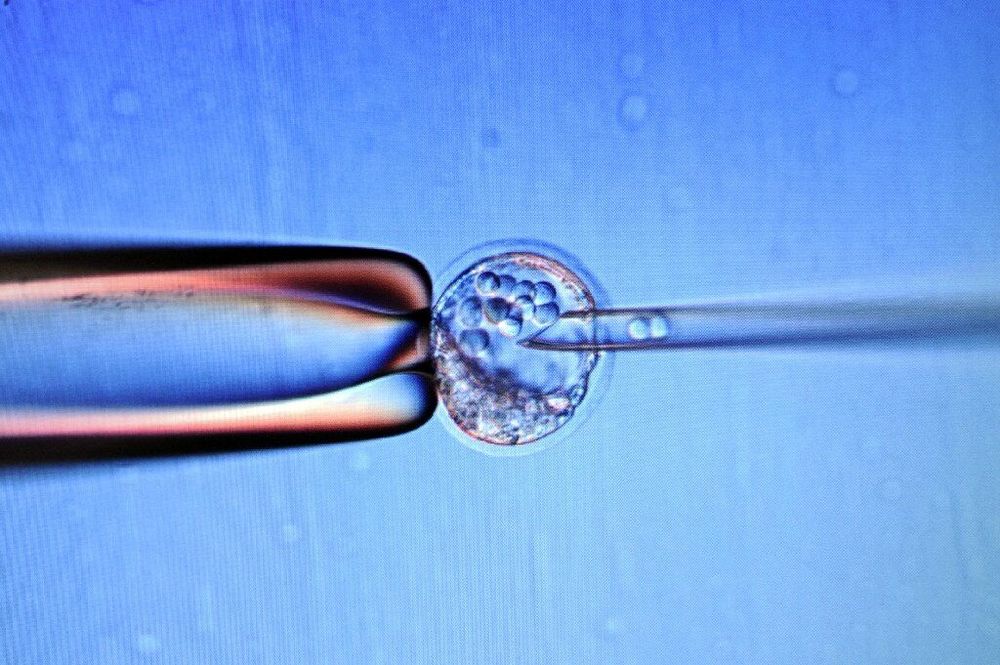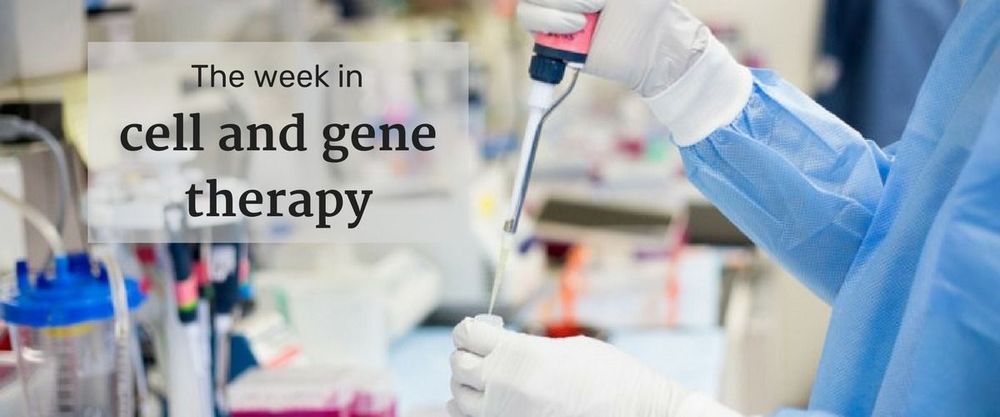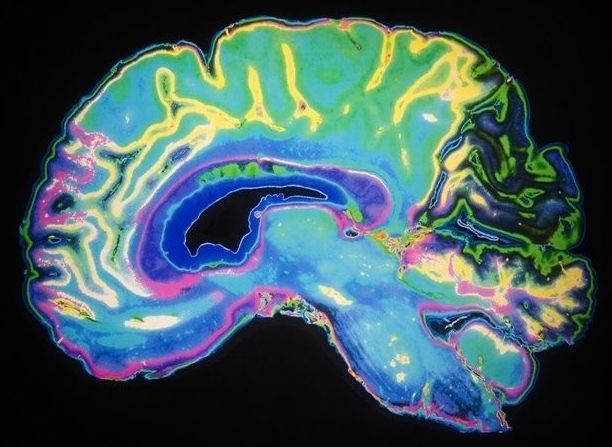Last month, scientists at Oxford University began immunizing more than 1,000 volunteers with their vaccine candidate in a preliminary trial designed to test the shot’s safety. On Friday, the scientists announced they now aim to vaccinate 10,260 people across Britain, including older people and children.
“The clinical studies are progressing very well and we are now initiating studies to evaluate how well the vaccine induces immune responses in older adults and to test whether it can provide protection in the wider population,” said Andrew Pollard, head of the Oxford Vaccine Group.
British researchers testing an experimental vaccine against the new coronavirus are moving into advanced studies and aim to immunize more than 10,000 people to determine if the shot works.
Last month, scientists at Oxford University began vaccinating more than 1,000 volunteers in a preliminary study designed to test the shot’s safety. Those results aren’t in yet but on Friday, the scientists announced they’re expanding to 10,260 people across Britain, including older people and children.
If all goes smoothly, “it’s possible as early as the autumn or toward the end of the year, you could have results that allowed use of the vaccine on a wider scale,” predicted Andrew Pollard, head of the Oxford Vaccine Group.









